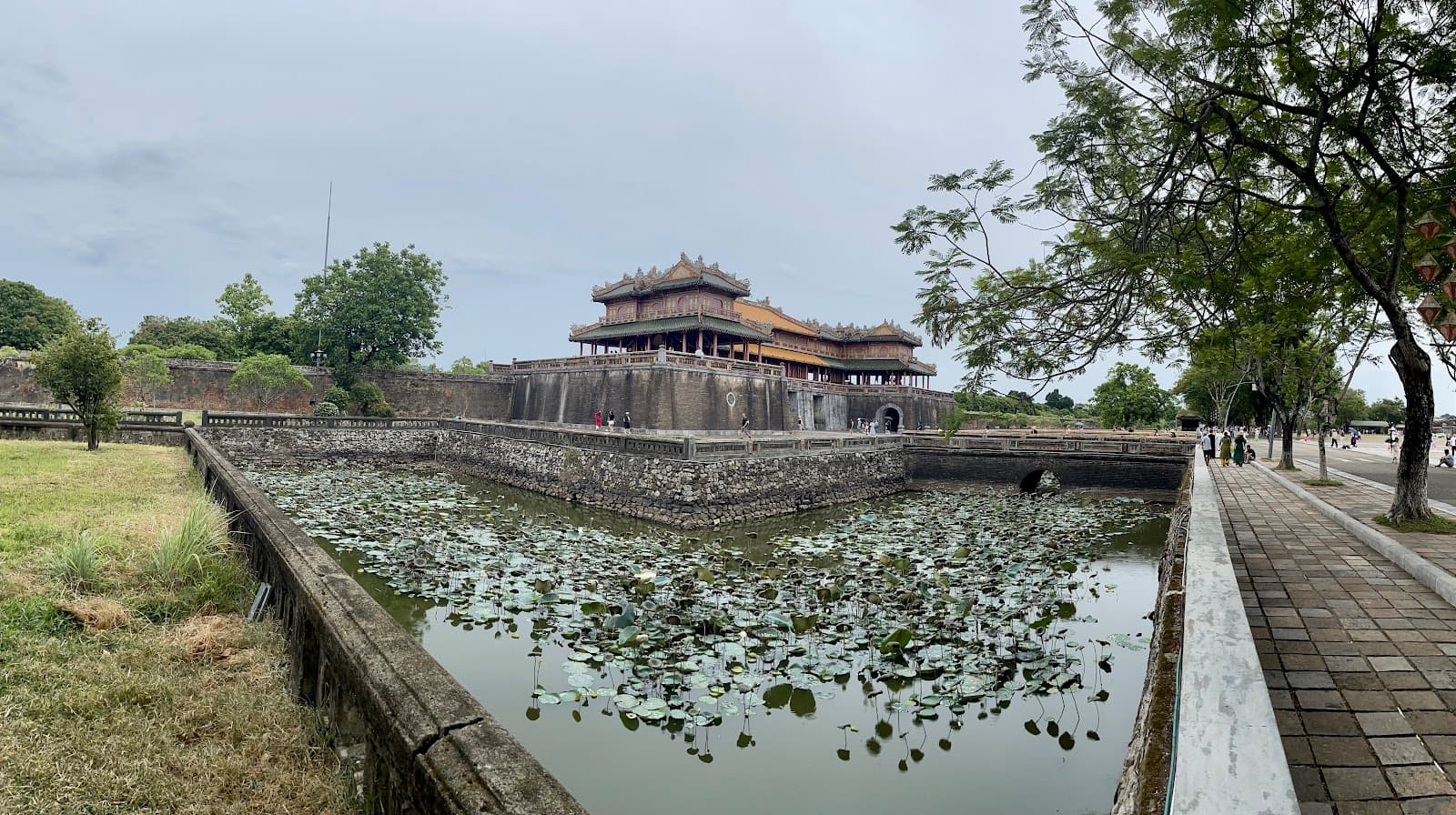
Ngo Mon Gate Hue
Majestic Ngo Mon Gate, the grand entrance to Vietnam's Nguyen Dynasty Imperial City, steeped in history and imperial grandeur.
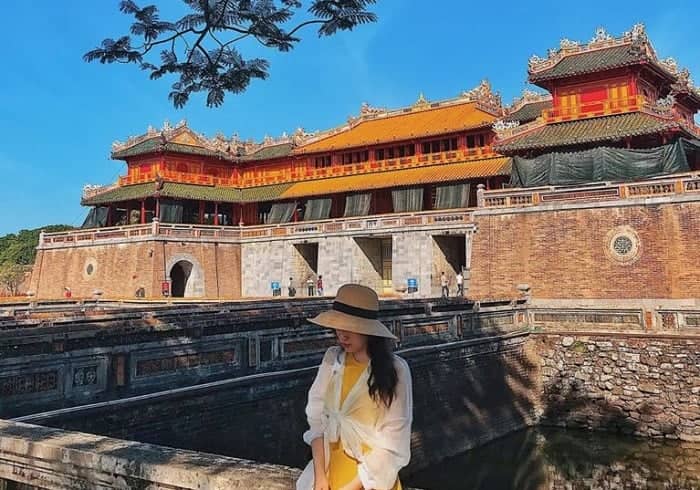
Highlights
Must-see attractions
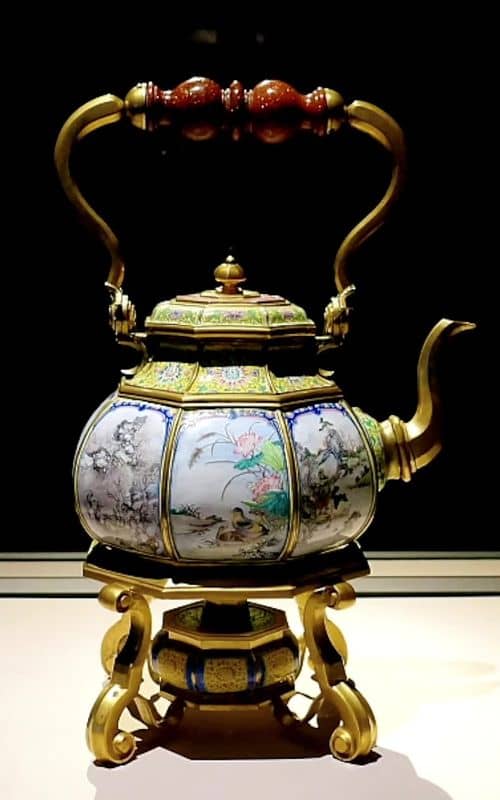
Social
From TikTok & Reddit
Best Time
Beat the heat and crowds

Ngo Mon Gate Hue
Best Time
Beat the heat and crowds

Highlights
Must-see attractions
Majestic Ngo Mon Gate, the grand entrance to Vietnam's Nguyen Dynasty Imperial City, steeped in history and imperial grandeur.
"Totally worth checking out! Even if history isn't your thing, the scenery is gorgeous and there are so many cool, huge buildings to see."
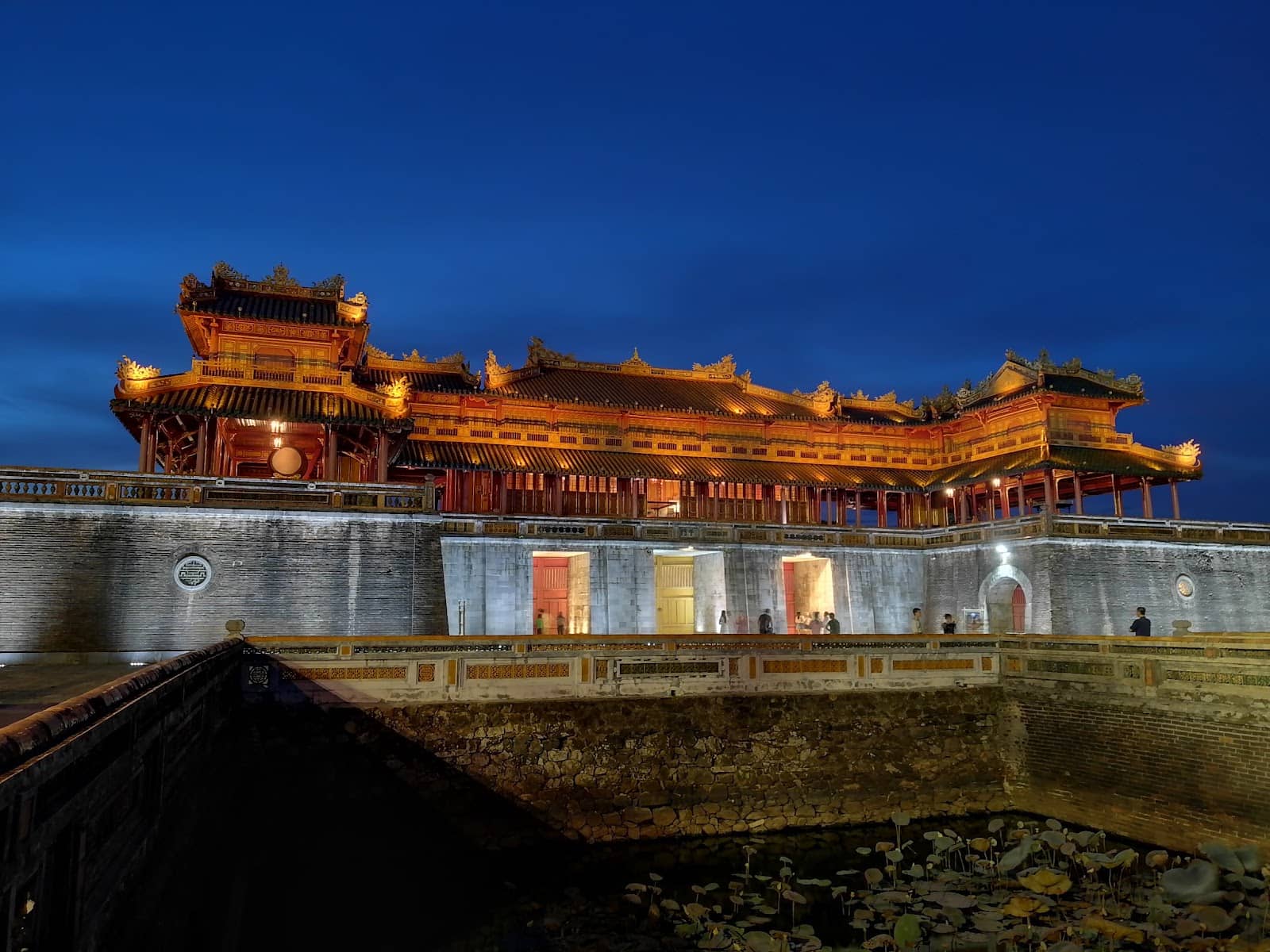
⏳ Allow Plenty of Time
Dedicate at least 3 hours to explore the Imperial City and Ngo Mon Gate fully . :clock1:
💰 Cash for Tickets
Be prepared to pay with cash for tickets and double-check your change . :moneybag:
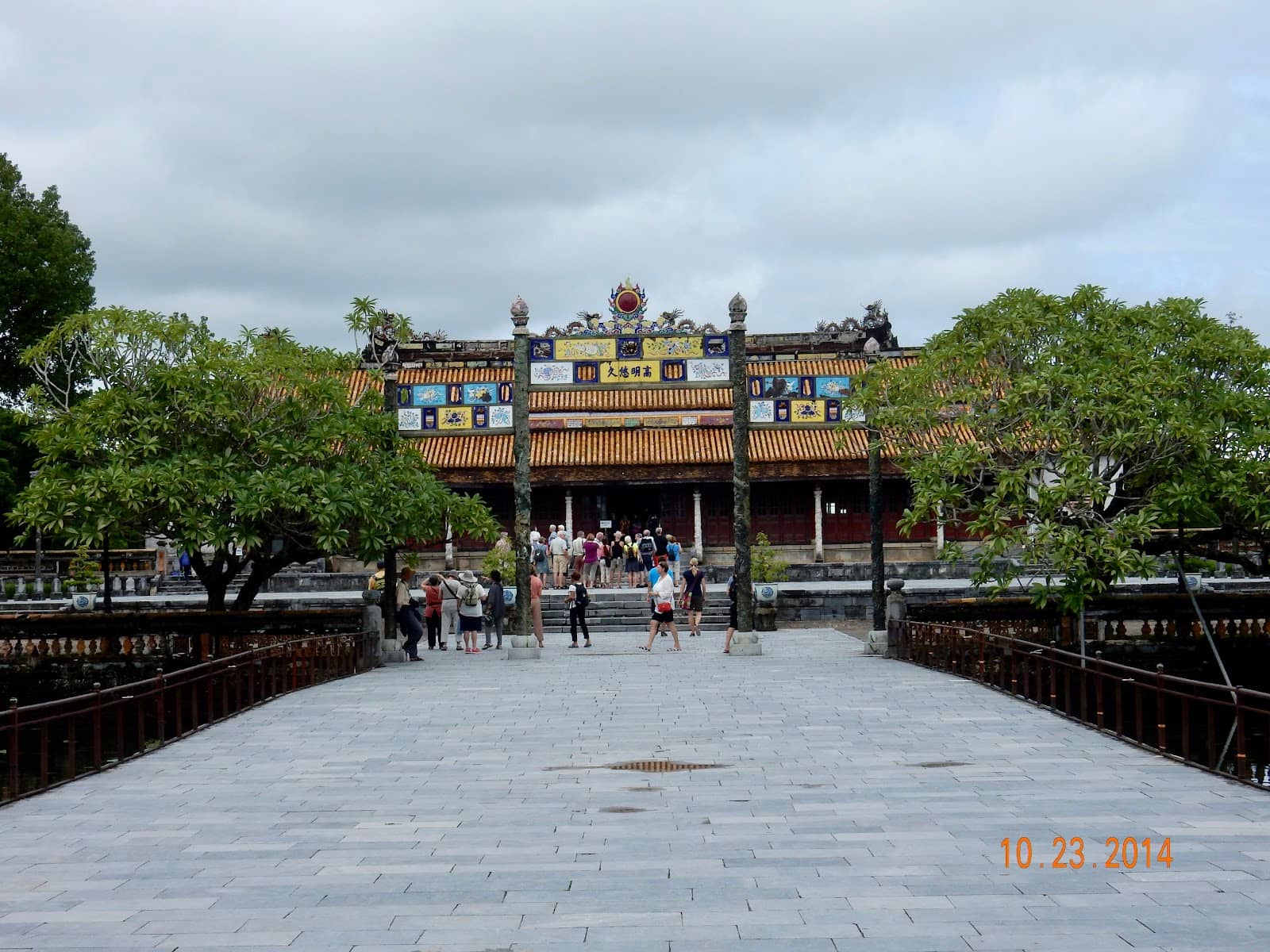
Highlights
Discover the most iconic attractions and experiences

Ngo Mon Gate (Meridian Gate)
Main entrance to the Imperial City
The majestic main gate, mirroring Beijing's Forbidden City, once reserved for the Emperor's grand entrances.

Ngu Phung Pavilion
Top of Ngo Mon Gate
Ascend to the pavilion for a panoramic view and see the impressive drum and bell.
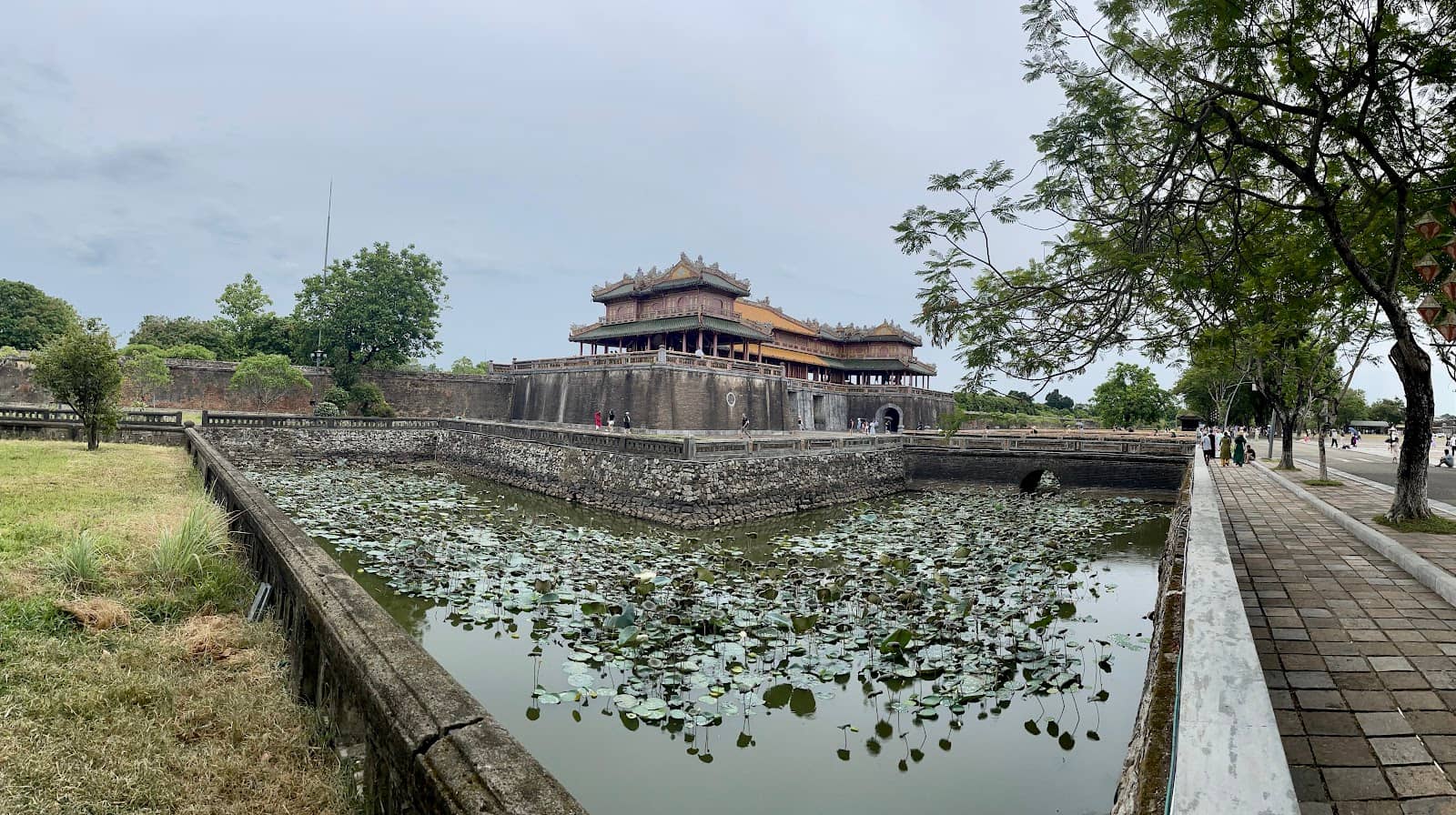
Thai Hoa Palace
Imperial City
Marvel at the ornate Thai Hoa Palace, a stunning example of Nguyen Dynasty architecture.

Nine Dynastic Urns
Imperial City
Admire these significant bronze urns, each representing an emperor of the Nguyen Dynasty.
Plans like a pro.
Thinks like you
Planning Your Visit
Allocate Ample Time
Ticket Purchase Caution
Best Times
Insider Tips
from TikTok, Instagram & Reddit
⏳ Allow Plenty of Time
Dedicate at least 3 hours to explore the Imperial City and Ngo Mon Gate fully. :clock1:
💰 Cash for Tickets
Be prepared to pay with cash for tickets and double-check your change. :moneybag:
📸 Great Photo Ops
Ngo Mon Gate is stunning both day and night for photos. :camerawithflash:
🚶♀️ Wear Comfortable Shoes
You'll be doing a lot of walking within the vast complex. :athletic_shoe:
Tips
from all over the internet
⏳ Allow Plenty of Time
Dedicate at least 3 hours to explore the Imperial City and Ngo Mon Gate fully. :clock1:
💰 Cash for Tickets
Be prepared to pay with cash for tickets and double-check your change. :moneybag:
📸 Great Photo Ops
Ngo Mon Gate is stunning both day and night for photos. :camerawithflash:
🚶♀️ Wear Comfortable Shoes
You'll be doing a lot of walking within the vast complex. :athletic_shoe:
👑 Historical Significance
Understand its role as the former capital and the site of Emperor Bao Dai's abdication. :scroll:
What Travellers Say
Reviews Summary
Visitors find Ngo Mon Gate and the Imperial City to be a worthwhile historical exploration with gorgeous scenery and impressive architecture. While some note the need for ample time to explore and caution regarding ticket purchases, the overall experience is highly recommended for its historical significance and visual appeal.
"Totally worth checking out! Even if history isn't your thing, the scenery is gorgeous and there are so many cool, huge buildings to see. Seriously, plan at least 3 hours – you'll want the time to soak it all in."
Kyaw Kyaw Khant
"Cổng Ngọ Môn is the main gate to the Imperial City of Hue, a UNESCO World Heritage Site and the former capital of Vietnam's Nguyen Dynasty. It is one of the most iconic and historically significant structures in the entire complex."
Tâm Phan Minh
"The main entrance to the Imperial City is the Ngo Mon Gate, which faces the Flag Tower. The central path with its yellow doors and the bridge over the lotus pond was just for the emperor. Everyone else had to use the gates on the sides and walk around the pond. On top of the gate, there's the Ngu Phung Pavilion; you can't miss the huge drum and bell up there.
It's cool that the gate's name and general look are the same as the first gate of the Forbidden City in Beijing. This is also where the emperor would appear for big events, especially to announce the lunar calendar. And get this: the Nguyen dynasty actually ended right here on August 30, 1945, when Emperor Bao Dai gave up his power."
Do Cuong
What People Like
What People Dislike
Frequently Asked Questions
🚇 🗺️ Getting There
Ngo Mon Gate is the main entrance to the Hue Imperial City. You can easily reach it by taxi, Grab (ride-sharing app), or cyclo from most parts of Hue city. Many tours also include transportation to the Imperial City.
Yes, Ngo Mon Gate, also known as the Meridian Gate, is the principal entrance to the Hue Imperial City, a UNESCO World Heritage Site.
Walking is the best way to explore the vast grounds of the Imperial City. For longer distances or a more traditional experience, consider hiring a cyclo.
Yes, there are parking areas available for cars and motorbikes near the entrance to the Imperial City complex.
Several local bus routes stop near the Hue Imperial City, making it an accessible option for budget travelers.
🎫 🎫 Tickets & Entry
The entrance fee covers access to the entire Hue Imperial City complex, including Ngo Mon Gate. Prices can vary, so it's best to check the official website or inquire upon arrival. Be prepared for cash-only transactions.
The Hue Imperial City, including Ngo Mon Gate, is typically open daily from morning until late afternoon or early evening. It's advisable to check the current operating hours before your visit.
No, your ticket to the Hue Imperial City includes access to Ngo Mon Gate and all its accessible areas.
While online ticketing options might be available, many visitors purchase tickets on-site. Remember to bring cash as card payments may not always be accepted.
There is no strict dress code, but it's recommended to dress respectfully, covering shoulders and knees, as it is a historical and cultural site.
📸 📸 Photography
The front of Ngo Mon Gate offers a grand perspective. Climbing to the Ngu Phung Pavilion provides a unique vantage point. The entire Imperial City complex offers numerous picturesque locations.
Photography is generally allowed in most outdoor areas of the Imperial City. However, some indoor exhibits or specific historical buildings might have restrictions, so always look for signage.
Yes, Ngo Mon Gate is beautifully illuminated at night, making it a popular spot for evening photography.
Drone usage is typically restricted in historical and cultural sites like the Hue Imperial City to preserve the atmosphere and for safety reasons. It's best to assume drones are not permitted.
Early morning or late afternoon offers the best light for photography, avoiding harsh midday sun and creating a softer, more atmospheric glow.
🎫 🏛️ Onsite Experience
Beyond Ngo Mon Gate, you can explore Thai Hoa Palace, the Forbidden Purple City, the Nine Dynastic Urns, various temples, courtyards, and historical buildings that showcase the Nguyen Dynasty's grandeur.
To truly appreciate the scale and history, plan for at least 3 hours. Some visitors spend half a day or more if they are deeply interested in history.
Yes, guided tours are often available at the Imperial City. Hiring a local guide can significantly enhance your understanding of the history and significance of the site.
The Imperial City is a large historical complex with uneven surfaces and stairs, which can pose challenges for those with mobility issues. Some areas may be more accessible than others.
Ngo Mon Gate was the main entrance for the Emperor and important ceremonies. It's also historically significant as the site where Emperor Bao Dai abdicated the throne in 1945, marking the end of the Nguyen Dynasty.
For Different Travelers
Tailored advice for your travel style
👨👩👧 Families with Kids
📸 Photography Enthusiasts
🏛️ History Buffs
Deep Dives
In-depth insights and expert knowledge
The Imperial City: A Glimpse into Vietnam's Royal Past
Visitors can wander through grand courtyards, ornate palaces, and serene gardens. Key highlights within the Imperial City include the Thai Hoa Palace, where coronations and important court ceremonies took place, and the Nine Dynastic Urns, monumental bronze vessels that symbolize the power and longevity of the dynasty. The Forbidden Purple City, once reserved exclusively for the emperor and his household, offers a more intimate glimpse into royal life, though much of it was damaged during wartime and is now undergoing restoration.
Exploring the Imperial City is an immersive journey through Vietnamese history. The sheer scale of the complex and the intricate details of its architecture are awe-inspiring. Many visitors recommend taking your time to absorb the atmosphere and imagine the lives of the emperors and their court. The blend of original structures and reconstructed buildings offers a comprehensive understanding of its past.
Ngo Mon Gate: The Majestic Entrance
The gate itself is a multi-tiered structure with five distinct entrances. The central, larger gateway, flanked by two smaller ones, was exclusively for the Emperor. The two side gates were for officials and the royal family. Above the gate sits the Ngu Phung Pavilion (Five Phoenix Pavilion), a beautiful structure where the emperor would appear to issue decrees and preside over important ceremonies, such as announcing the lunar calendar. You can still see the large drum and bell within the pavilion.
Ngo Mon Gate is not just an architectural marvel but also a site of profound historical importance. It was here, on August 30, 1945, that Emperor Bao Dai abdicated his throne, effectively ending the Nguyen Dynasty and marking a pivotal moment in Vietnamese history. The gate's imposing presence and historical weight make it an unforgettable first impression for anyone visiting the Imperial City.
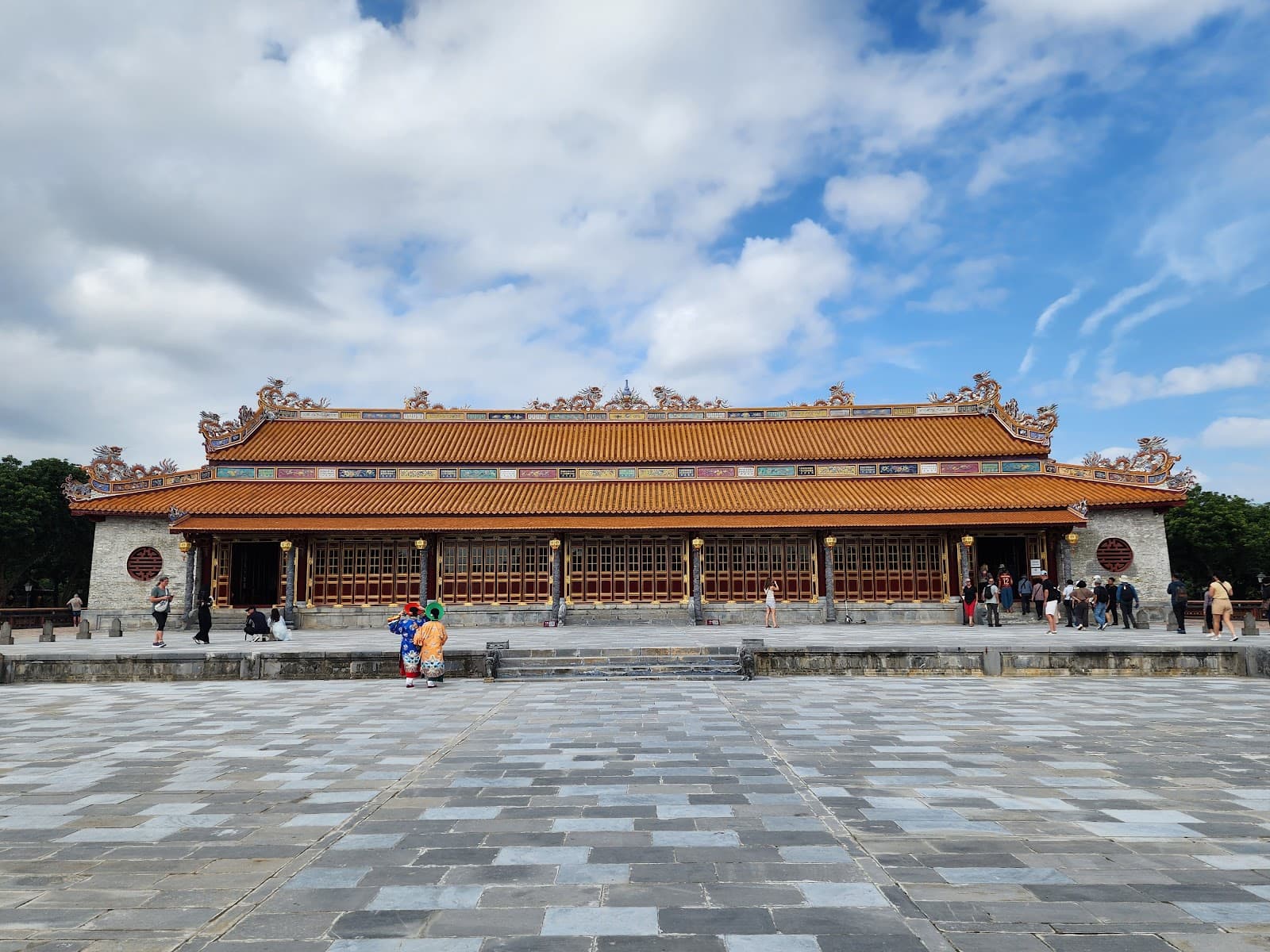
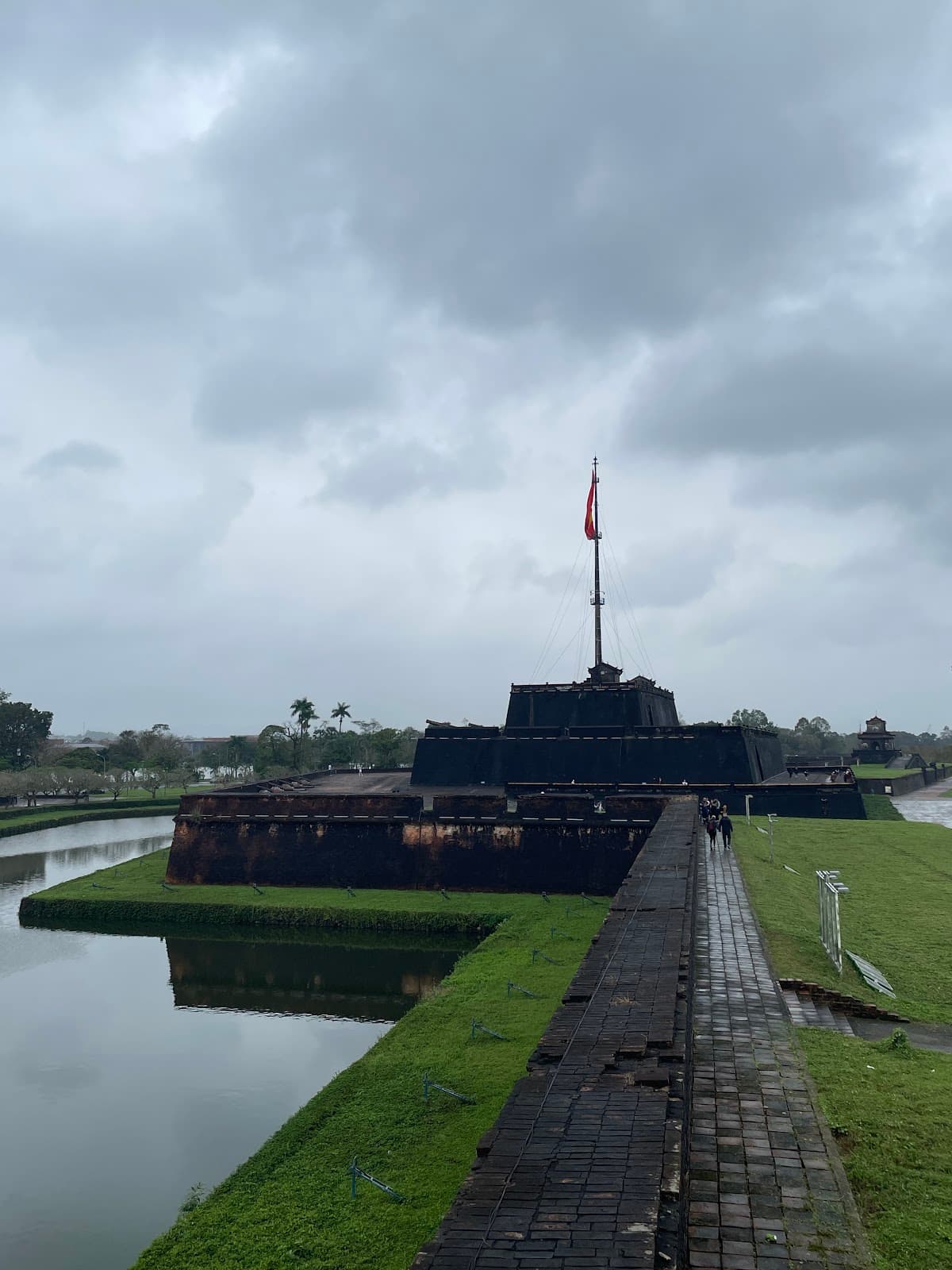
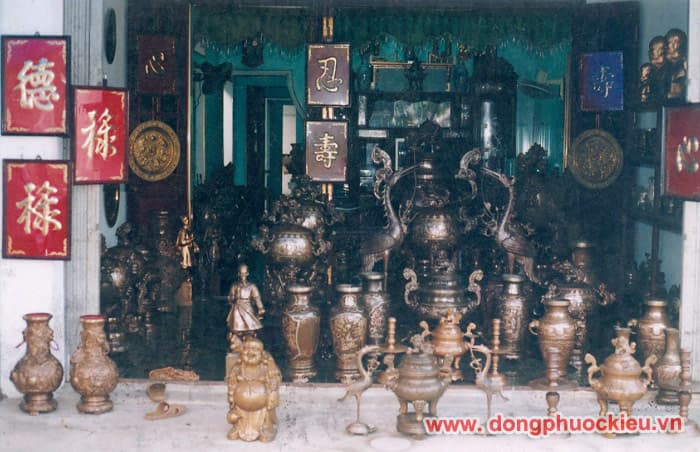
Social
from TikTok, Instagram & Reddit